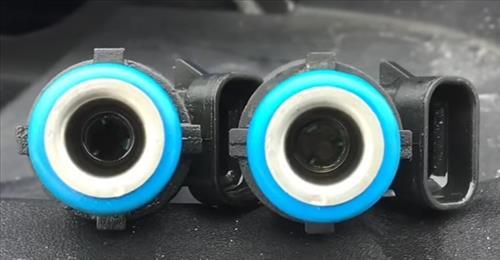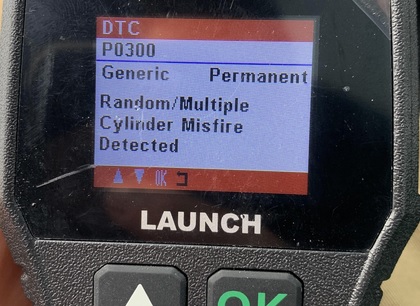
A Chevy P0300 is a common engine OBDII code that means one or more of the cylinders are not firing correctly.
There can be several causes, including spark relates issues, gas delivery issues, or air intake-related problems.
The engine will need to be troubleshot to find the cause.
What is a Chevrolet P0300 engine Code?
A Chevrolet P0300 engine Code is an “Engine Misfire Detected.”
An engine needs the correct fuel-gas ratio going into a cylinder along with a spark to fire.
A misfire is when a cylinder is not firing correctly.
The P0300 code can indicate one cylinder or multiple cylinders are having a problem.
Possible Causes of Chevrolet P0300 Code
- Ignition System (Spark Plug, Spark Plug Wire, Weak Coil)
- Fuel Delivery Issues (Weak Fuel Pump, Clogged Fuel Filter, Bad Fuel Injector)
- Air Intake Problem (Clogged Air Filter, Bad MAF Sensor)
- Vacuum leak (Damaged or Loose Hose leaking)
- Clogged Exhaust
How To Find Which Cylinder or Cylinders are Not Firing
- Pull Spark Plug Wire and See if Engine Idle Changess
- Use Infrared Thermometer
- Remove Spark Plugs and Examine the Burn Color
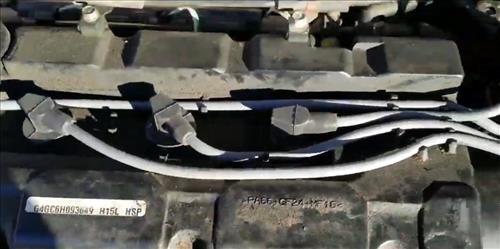
There are several methods to find which cylinder or cylinders are not firing correctly.
One method is to start the engine and remove a spark plug wire from a spark plug one at a time.
If the engine runs worse when the spark plug wire is removed, then it is working and firing.
If there is no change, then that cylinder may have an issue.
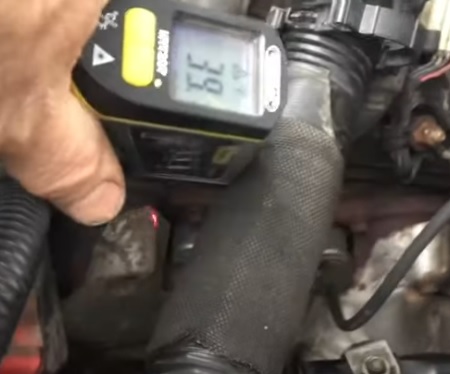
Another method is to use an infrared thermometer and see if one of the cylinders is running cooler than the other ones.
A cylinder that is not firing will be running cooler than one that is firing.
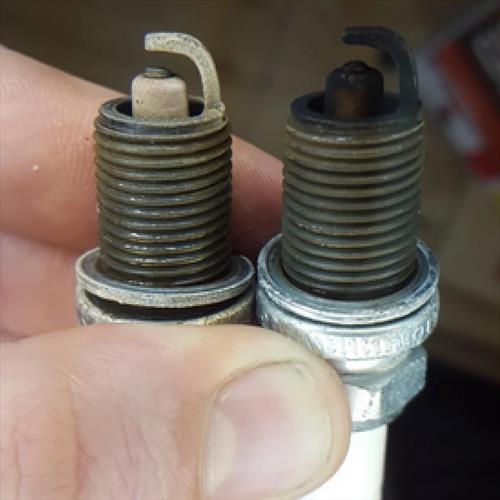
The best method is to pull the spark plugs one at a time and examine how the cylinder is burning.
There are spark plug color charts that they can be matched to, which will show what is going on in the cylinder.
For example, a spark plug with a very dark black color means the cylinder is running rich, which means too much gas and not enough oxygen.
In this case, an intake air-related issue can be looked for.
A spark plug that is very white often means too much oxygen is going into the cylinder and not enough gas.
In this case, a fuel-related issue can be looked for.
How to Troubleshoot and Fix a Chevrolet P0300 Code
- Look for Any other Codes
- Check the Intake Air Filter
- Check for Spark
- Check Fuel Pressure
- Check for Bad Fuel Injector
- Check for Clogged Exhaust
If there are other OBDII codes, they can help to find the source of the problem.
For example, if there is also a P0103 code, then this points to a bad MAF sensor or air intake issue.
Sometimes, there are no other OBDII codes, but if there are, they can often help to solve the problem.
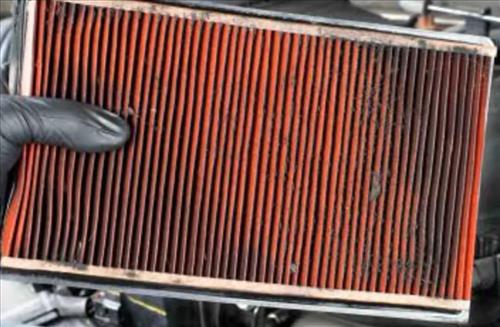
An engine needs a good air flow into the cylinder, or there can be issues.
Check the intake air filter and be sure it is not clogged up and dirty, which blocks air from flowing into the engine.
Checking a suspected bad cylinder for a spark is a quick way to rule it out as an issue.
There are several ways to test for spark, with the best method using a spark plug tester tool.
The tool is inserted between the wire and plug, and when the engine is running, a spark can be seen when it is working correctly.
Spark plug tester tools are low cost and usually cost less than $10.
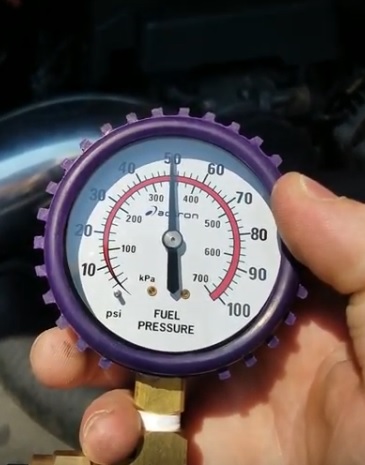
Fuel pressure can be checked to see if there is a fuel-related issue.
A fuel gauge is attached to the fuel rail, and the pressure is tested to see if it is correct.
For example, if a vehicle is rated to 50 PSI but during testing, it is outputting.
Low fuel pressure is usually caused by a weak fuel pump, bad pressure regulator, or clogged fuel filter.
A bad or clogged fuel injector is a common cause of a P0300 code.
Once a bad cylinder is found, that cylinder injector can be tested to see if it has failed.
See here for more on testing if a fuel injector has gone bad.
A clogged exhaust, such as a bad catalytic converter, can sometimes cause a P0300 code.
Usually, a clogged exhaust will also give other OBDII codes.
